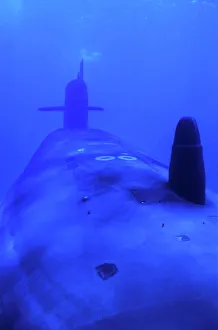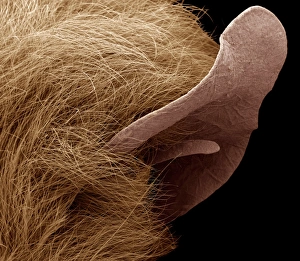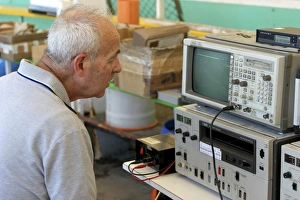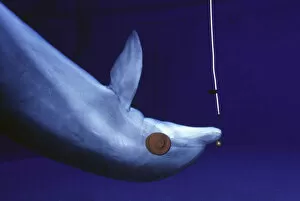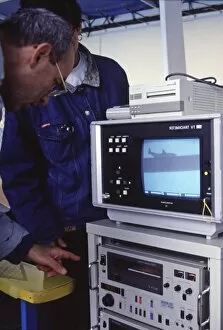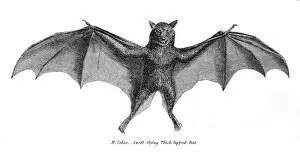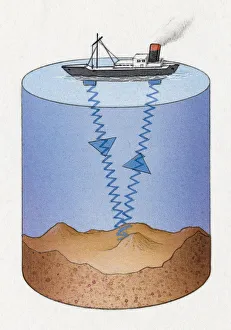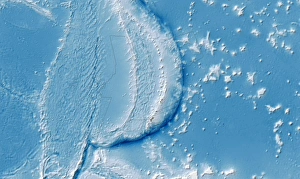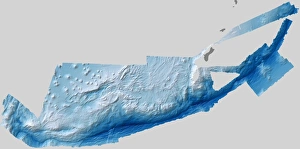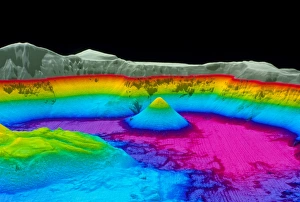Sonar Collection
Sonar, the incredible technology that allows us to explore and understand the depths of our world
All Professionally Made to Order for Quick Shipping
Sonar, the incredible technology that allows us to explore and understand the depths of our world. From the bow view of the mighty USS Kamehameha to the intricate sonar system of a bat, this remarkable tool has revolutionized how we perceive our surroundings. In nature, bats have mastered the art of echolocation using their own version of sonar. Just like a dolphin using its sonar to locate a ball underwater, these winged creatures emit high-frequency sounds and listen for echoes to navigate through darkness with precision. Even researchers at CNR (Italian National Council) are fascinated by dolphins' sophisticated sonar systems. Wearing eye-patches as they study these intelligent marine mammals, they strive to unravel the secrets behind their exceptional abilities. Not only dolphins but other animals also possess extraordinary hearing capabilities. Take for instance pipistrelle bats with their intricate ears as seen under an SEM microscope or thick-tipped bats illustrated back in 1803. These illustrations showcase just how diverse and fascinating nature's use of sound can be. Speaking of historical illustrations, let's not forget about vampire bats and kalong bats depicted in 1803 artwork. These nocturnal creatures rely on their unique form to locate prey in pitch-black environments. Meanwhile, dedicated researchers tirelessly monitor and analyze sonar sounds emitted by dolphins. Their commitment helps us gain valuable insights into these magnificent beings' communication methods and enhances our understanding of marine ecosystems as a whole. Sonar is truly an awe-inspiring phenomenon that transcends boundaries between species and technologies alike. Whether it's exploring beneath ocean waves or deciphering animal communication patterns, this powerful tool continues to unlock hidden wonders within our world.

